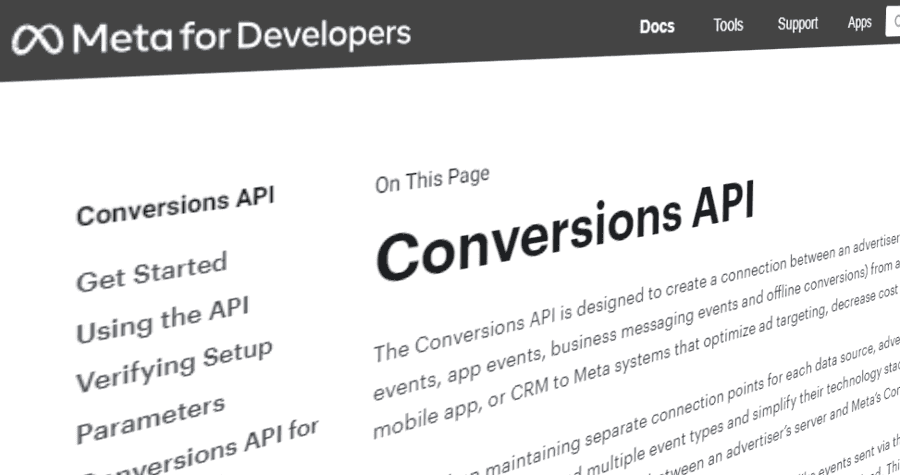
7 Complexities of Implementing Meta's Conversions API
Welcome to the world of Meta's Conversions API, where the landscape is far more intricate than mere server-side data transmission.
I literally have people reaching out asking if we could implement this next Monday, hence this deep dive unveils the scope of implementing this tracking solution in reality.
I hope to reveal why it's an endeavor that goes beyond initial expectations.
1. The Deceptive Simplicity of the API
Many perceive Meta's Conversions API implementation as a straightforward process, but this perception is misleading.
The API's true power lies in its ability to attach detailed user data—like names, contact details, and location—to events, a feature demanding far more effort than initially anticipated.
Spooky? I know. Needless to say that a proper cookie management platform (CMP) has to collect tracking consent and have it be a requirement before leveraging marketing tags in the tag management system.
2. Technical Hurdles and Data Considerations
As a general requirement, Google Tag Manager server-side tagging should be set up. A custom sub-domain for the server is not a must, but strongly recommended.
When it comes to Meta's user data parameters, the devil is in the details.
Implementing the API involves navigating complex requirements like:
- Phone number normalization
- SHA256 encryption
- ISO-formatting for countries, towns
- Event de-duplication between front- & backend hits
This often leads to necessary post-implementation fixes due to:
- Incorrect formatting
- Mismatched data, especially with null or undefined data fields
3. Upgrading the Data Layer
A critical step in this journey is therefore to update the data layer to ensure user data is readily available in the right format when triggering Facebook events. This upgrade is not a must, but recommended.
Alternatively you can implement a logic that collects (scrapes) and persists user data throughout the user journey.
Providing the correctly formated data fields is essential for harnessing the full potential of the API, so it adds another layer of complexity to the implementation process.
4. Leveraging Google Analytics Tags to Use the FB Conversions API
While the current FB web tags fall short in leveraging the Conversions API, there's a workaround. You can utilize GA4 tags to send the necessary data to your own GTM Server, which includes:
- Event data
- Ecommerce data
- User data
Consequently, it's imperative to update your current Google Analytics Setup in GTM. Ensure it runs through your GTM server and includes all required data fields for Facebook's API.
5. Timeframe and Project Scope Realities
If you're marking your calendar for a quick turnaround, think again. Contrary to the optimistic one-day projections, a realistic timeline spans around a few weeks, plus or minus a few days.
This duration is necessary, considering that feedback and validation of data fields occur within Facebook's Ads interface, which takes up to 48 hours to update warning and info notifications about your events.
6. Feedback and Corrections: A Time-Consuming Endeavor
Implementing the API is akin to a meticulous grind. Facebook's interface takes about 36 to 48 hours to reflect changes in their info warnings, turning the process into a cycle of make-change-wait-and-review.
This iterative process is crucial for ensuring data accuracy however.
7. Expanding the Scope Beyond Facebook
Once you've navigated the waters of Facebook's API, leveraging your efforts for other platforms like TikTok and Google Ads, which also support server-side user data transmission (TikTok Events API & G Ads Enhanced Conversions).
Data validation across multiple platforms significantly ramps up the complexity, requiring a keen eye on data formatting, error-handling and falsy values across all channels.
Conversion Rate Improvements and Business Impact
Despite these complexities, the payoff can be substantial. Implementing the Conversions API has shown to improve conversion rates by a minimum of 5%, with some cases soaring as high as 12-13% due to its advanced matching capabilities.
This improvement varies across different niches but underscores the tangible benefits of this technical undertaking.
Conclusion
Reflecting on the sheer scale of implementing Meta's Conversions API, it becomes clear that this is not a task to be underestimated.
It demands a thorough contemplation of the effort involved versus the potential gains. Make your decision wisely, considering both the complexities and the promising rewards.